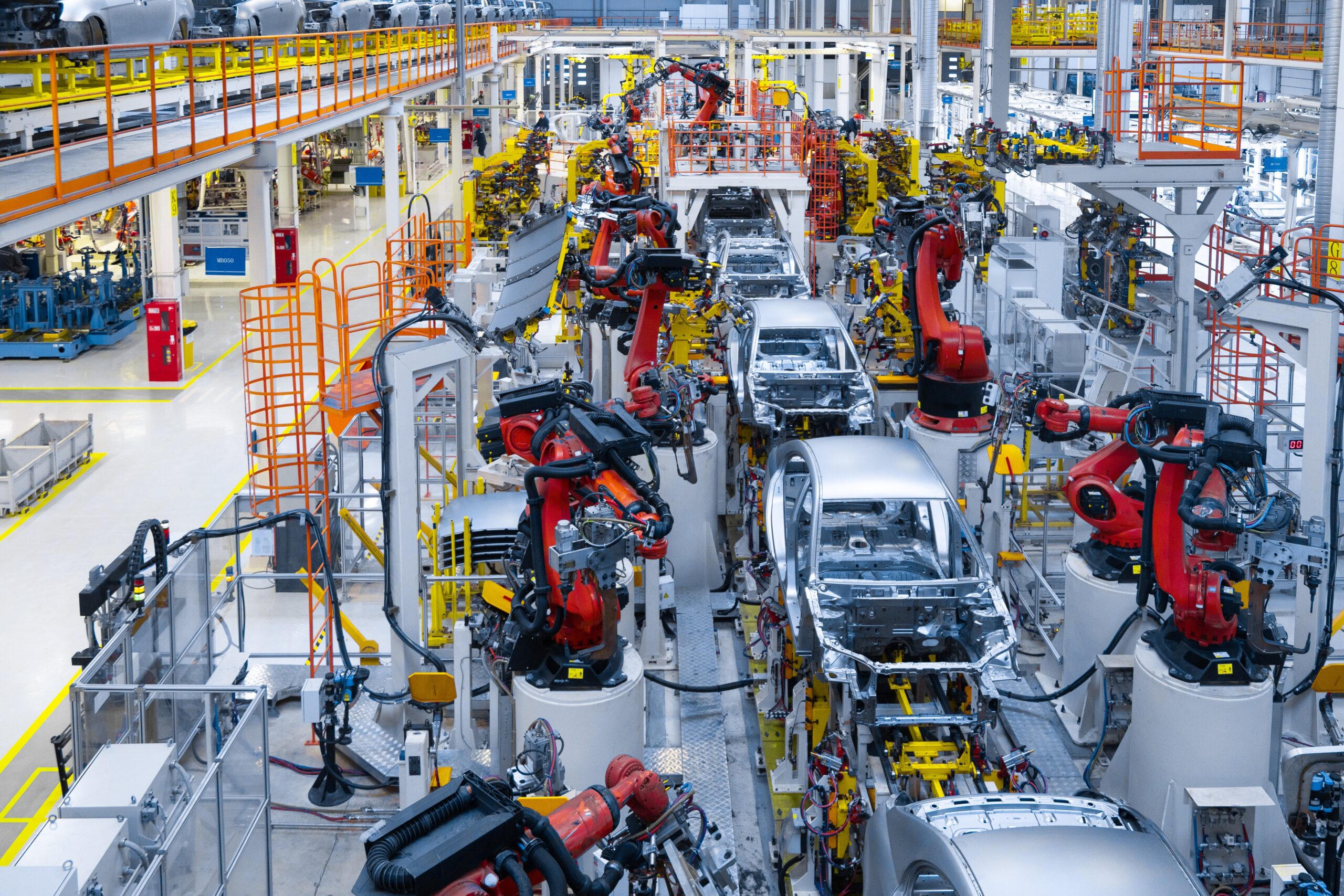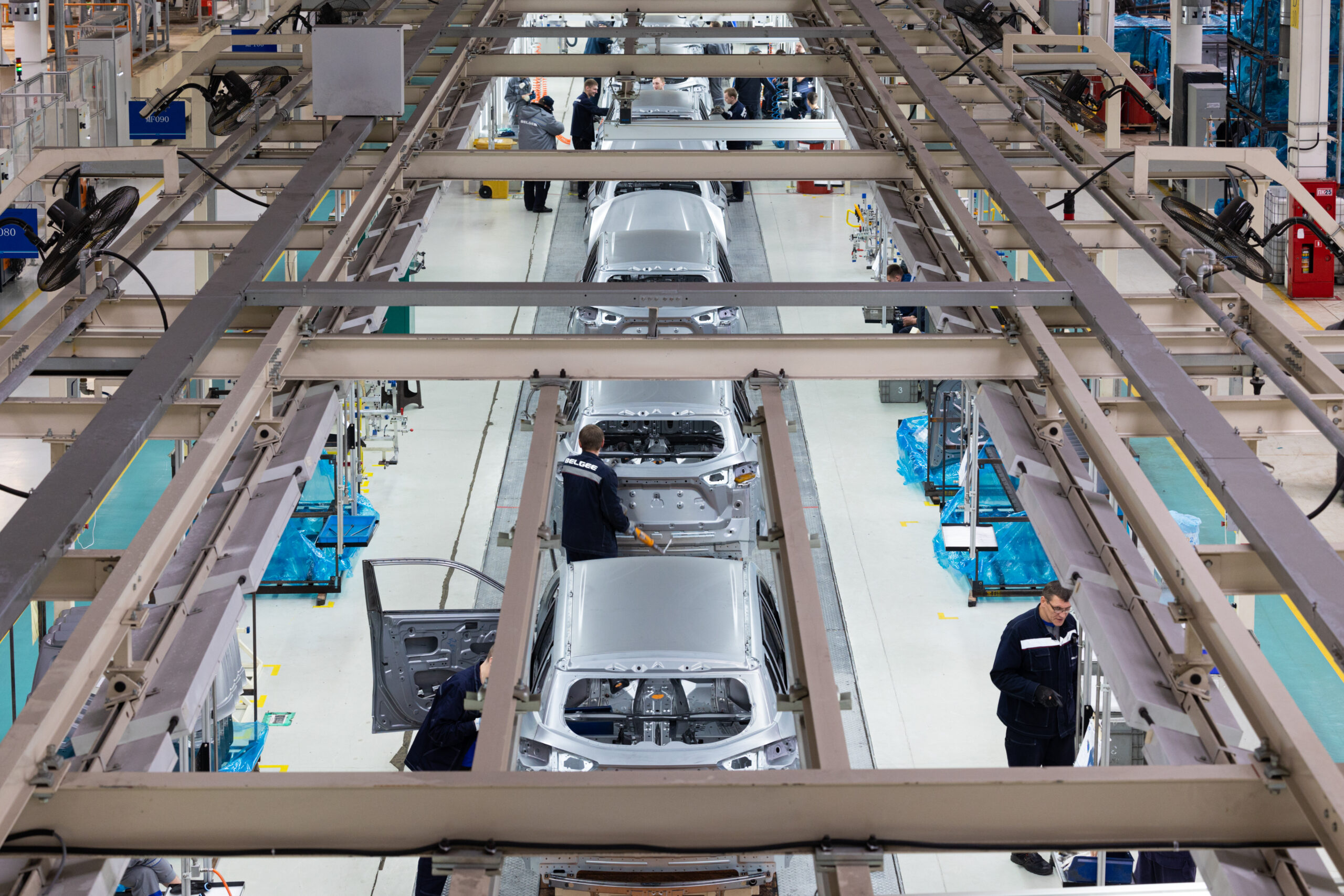How SaaS Solutions Are Transforming Chemical Safety and Waste Management The chemical industry plays a critical role in modern life, driving innovation …

How Real-Time Inventory Tracking Revolutionizes Building Materials Supply Chains
In the current day and age of high competition in the building materials and construction industry, efficiency, compliance, and sustainability are no longer a choice. They are mandatory. Amidst the increasing need for transparency, waste reduction, and green practices, businesses are embracing innovative digital solutions to rationalize their processes. Among the most revolutionary technologies in this space is real-time inventory tracking. It is an indispensable tool for optimizing building material supply chains and aiding ESG (Environmental, Social, and Governance) compliance.
At Positiiv Plus, we concentrate on sustainable services and tools that empower the building materials industry. In this blog, we are going to explore how real-time inventory tracking transforms supply chain operations, sustainability, and compliance for the industry.
The Challenges in Building Materials Supply Chains
The building materials sector offers some distinct challenges that may impact profitability and sustainability targets:
– Excessive material waste because of ill-informed projections and poor monitoring
– Supply chain interruption due to delay, overstock, or lack of material availability
– Inadequate transparency in procurement and sourcing operations
– Regulatory pressures due to green building certification and ESG mandates
Legacy inventory management techniques, such as spreadsheets, manual counting, and siloed systems, tend to lack the accuracy and visibility required in today’s fast-paced construction industry.
What is Real-Time Inventory Tracking?
Real-time tracking of inventory employs electronic platforms, IoT devices, and cloud-based systems to track the status, movement, and availability of building materials in real-time. In contrast to the old systems, real-time tracking ensures that all materials—cement, steel, wood, aggregates, or finishing materials—are accounted for at each point of the supply chain.
With RFID tags, GPS, sensors, and AI-based platforms, companies receive actionable data that enables them to make faster decisions and eliminate inefficiencies.
Primary Advantages of Real-Time Inventory Management for Building Products
Enhanced Accuracy and Prediction
By tracking inventory in real-time, businesses can avoid mistakes from manual inputting. This ensures that accurate demand forecasting is generated, allowing procurement departments to order what they require and when they need it.
Waste Reduction and Cost Savings
Material wastage is a common problem in construction projects. Through real-time tracking, excess materials can be identified and reassigned instantly. This saves money and contributes to sustainability by minimizing landfill waste.
Better Sustainability and ESG Compliance
Green building certification and ESG reporting demand demonstration of responsible sourcing and reducing waste. Real-time tracking provides a verifiable audit trail that complies with sustainability reporting and contributes to meeting carbon reduction targets.
- Supply Chain Transparency and Visibility
Everyone, ranging from raw material suppliers to contractors, achieves transparency of inventory flows. This reduces the risk of fraud, mismanagement, and unethical procurement.
Improved Operational Efficiency and Productivity
Employees spend less time looking for materials and more time on core work. Automated notifications, dashboards, and analysis simplify decision-making on projects.
Risk Mitigation and Compliance Confidence
Environmental impact regulations, worker safety, and building code regulations are constantly evolving. Real-time inventory tracking assists businesses in demonstrating compliance and preventing unnecessary fines.
Real-Time Inventory Tracking in Action: A Building Materials Perspective
Take a big infrastructure project that requires cement, steel, and aggregates from different suppliers. Without real-time tracking, delays and shortages frequently occur, resulting in project delays and wasted resources. With a real-time inventory management system:
– Project managers have precise stock quantities at warehouses and on-site.
– Suppliers are automatically notified to restock critical items.
– Sustainability teams are able to monitor carbon footprints of material sources.
– Contractors prevent project stoppages because of material shortages.
The outcome is a leaner, greener, and cheaper supply chain. Merging Real-Time Inventory Monitoring with ESG Objectives For building materials firms, ESG is more than a check box. It is a strategic imperative. Real-time inventory systems have direct support for ESG pillars:
– Environmental: Less waste of materials and carbon emissions
– Social: Safer, more transparent working environment
– Governance: Compliant and auditable supply chain data
By linking supply chain efficiency to ESG results, businesses are able to reduce costs while maintaining a better market reputation and acquiring green-minded consumers. High-Impact Keywords for SEO To ensure visibility for our target audience, this blog incorporates key industry-related terms:
– Real-time inventory tracking
– Building materials supply chain
– Construction supply chain management
– ESG compliance in construction
– Sustainable building materials
– Inventory management for construction
– Supply chain transparency
– Green building certifications
These words not only drive rankings higher but also guarantee the content resonates with industry experts seeking green solutions.
Conclusion: Constructing a Sustainable Future with Real-Time Inventory Monitoring
The supply chain for building materials is transforming rapidly, and firms that employ real-time inventory monitoring have an edge. From cost savings and waste reduction to ESG compliance and transparency, the advantages are far-reaching.
At Positiiv Plus, we assist the building materials sector in complying, becoming sustainable, and operationally excellent through ESG-led tools and services. Through embracing digital tools such as real-time inventory tracking, companies can make their supply chains more secure and help create a more sustainable built environment.
Are you ready to disrupt your building materials supply chain? Learn more about our ESG solutions and services at Positiiv Plus and discover how sustainability and efficiency can coexist.
Emerging Trends in Chemical Regulatory Reporting for 2025 and Beyond. The chemical industry is entering a transformative phase where regulatory reporting is …
The Role of ESG in Building a Sustainable Chemical Supply Chain The chemical industry is at the heart of global progress, powering …
Global Chemical Safety Compliance Challenges Faced by Manufacturers The chemical industry is one of the world’s most dynamic and impactful sectors, fueling …
Workforce Training for the Future of Mobility The automotive sector is in the midst of a speeding change with the advent of …
EV Manufacturing and Carbon Reduction Roadmaps The transition to electric vehicles (EVs) is revolutionizing the automotive sector. As EVs hold the promise …
IATF 16949 Compliance Made Simple in Automotive Manufacturing Obtaining compliance with IATF 16949, the worldwide quality management standard for the automotive market, …
Reducing Automotive Recalls with Data Manager Automotive recalls are expensive, harmful to brand image, and disruptive to production timelines. No matter the …







